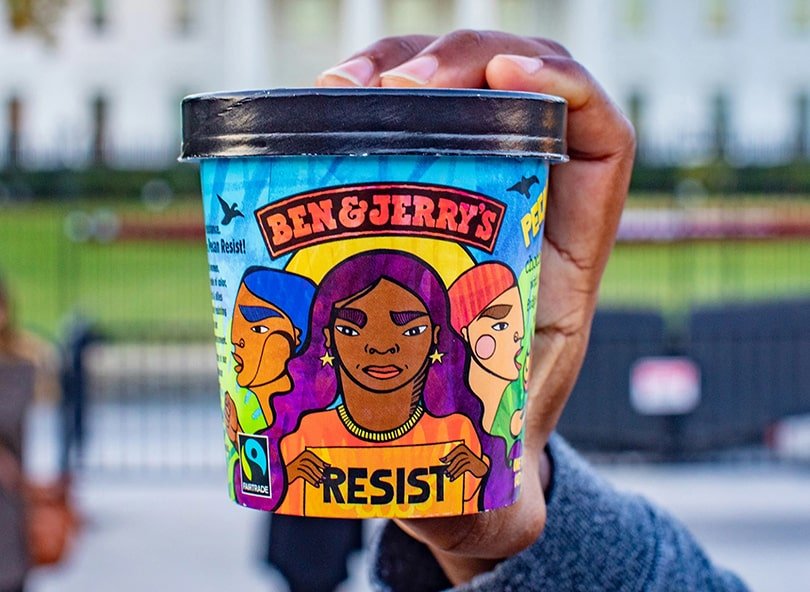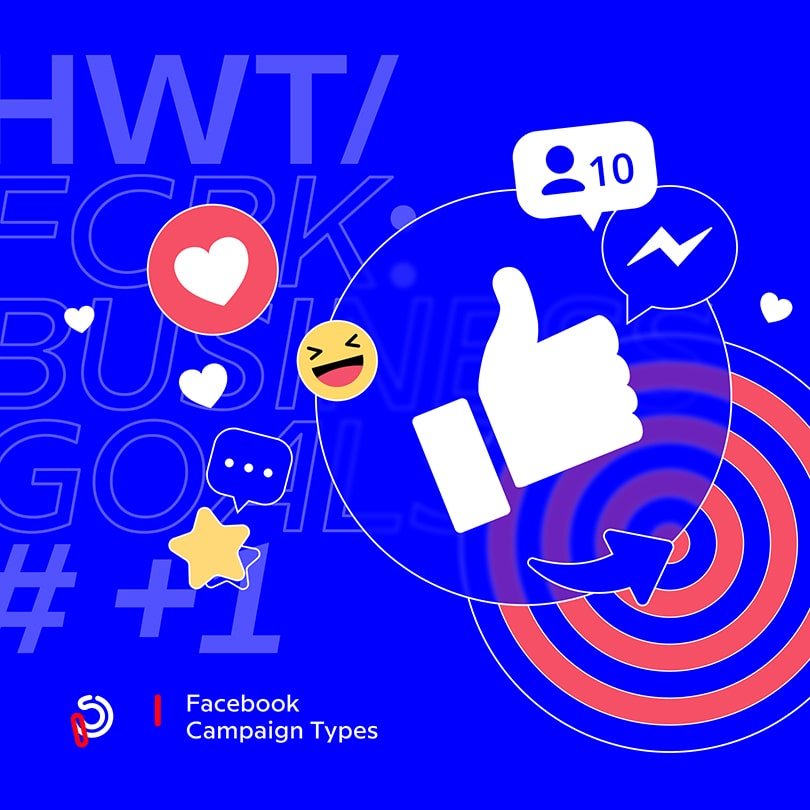Great products are attractive and might persuade people to buy once from you. Curiosity will likely entice their urge to experience your offering first-hand and decide whether they'll keep coming back to it.
But the chances are high that more businesses sell similar products or provide services like you. Customers will inevitably compare you and seek details that help them determine which one is more compelling.
If you want your business to stand out, go beyond your product’s features and functions only. Think about what makes your brand unique, why people should care about it, and how it differs from other labels on the market.
The background story and narrative play a significant role in customers’ buying decisions. You might think that people have no interest in hearing how you made it or how challenging it was to turn your idea into a tangible product, but that’s wrong.
For instance, customers are 55 percent more likely to purchase again if they like the brand’s story. In addition, 66 percent love hearing the stories of regular people.
Here’s why.
Why do People care About a Brand’s Story?
Imagine two individuals, each passionate about comics and superheroes. Yet, one prefers DC and the other is a die-hard Marvel fan.
If familiar with the DC versus Marvel rivalry, you probably imagined two entirely different persons with contrasting affinities and viewpoints. While one likely loves grittiness, character depth, and a mythological approach, the other might prefer realism and heroes who face the same struggles as regular people.
People love labels that share similar values, viewpoints, and ideas. That is because brands enable us to be more of what we want to be.
They play a part in our expression. – Through wearing or consuming a particular item, we articulate our aspirations and experience our desires.
For example, some women might find Dove empowering due to its well-known ad with a powerful message real women – real beauty. On the other hand, BMW and its “Ultimate Driving Machine” might be the ideal car for those who see themselves as natural-born leaders and love luxury.
People care about brands that succeed in representing what consumers perceive as significant. That way, they give voice to what we often can’t express or define. But labels also help tackle controversial topics, viewpoints, and social issues.
Consistency is another essential element of reliable businesses. Customers typically know what to expect from their favorite brands, and that’s what keeps them coming back.
A backpacker from Australia might go to Thailand, but they’ll still find their favorite menu in McDonald’s, making them feel comfortable and safe. Although the novelty factor often prevails, customers enjoy buying things they know well due to their credibility.
But what is a brand’s story after all? Is it the message, history, or marketing strategy?
What Is a Brand’s Story?
You must understand what makes a brand story if you want to make yours compelling. Otherwise, you risk being inconsistent, all over the place, and ineffective.
Storytelling goes beyond a company’s history, marketing visuals, and product packaging. It intertwines with every thread of your business, and it exists with or without your effort.
That is because you’re not the sole creator of your brand’s story. It encompasses the entire narrative surrounding your business, including the feelings and thoughts it provokes.
Traditional marketing strategies typically focus on the features, functionalities, and aesthetics of products and services. But a brand story is about the emotional reactions your business causes and the connotations it carries.
Because of that, a label is more than the tagline, website copy, or presentation you show to stakeholders. A brand story is a sum and the result of all emotions, interpretations, facts, and actions your business generates.
However, it is also about the product packaging, reputation, colors, business cards, employees, and online presence. Therefore, every business element helps create a brand story.
As a result, how you tell it is just as important as how other people perceive it. Because of that, you must be honest and transparent with consumers to inspire their loyalty.
Establish the foundation upon which you will build your story and show what makes your business different.
Lead the storytelling and influence how others see your brand. Give your voice to the narrative and define the most compelling blocks to highlight.
The Top 5 Secrets of Creating a Captivating Brand Story
1. Be Genuine
Consumers can detect fakeness, regardless of how hard businesses hope to conceal it. Thus, the internet and social media make it even more challenging to hide mistakes, lies, and ill intentions.
Ensure accountability and own up to the errors your business made or issues you caused. Be open about the procedures, policies, and practices in your company.
Reveal the materials you use and how you craft your items to reinforce credibility. Consumers should know the features of your products and also potential hazards.
Also, be transparent about your business history. Tell the story of your beginning, how much effort it took to get where you are, and what made you persevere.
But be consistent and avoid misleading consumers to make your narrative more appealing or inspiring. Be creative but rely on facts. Align the story with your brand promise.

2. Center Your Story Around People, Not Products
Focus your brand story on the endless benefits of a product, and you risk not giving it a human-centric dimension. The narrative might sound like a brag, and consumers could struggle to find anything relatable that might turn them into loyal buyers.
Use storytelling that never comes across as a marketing strategy. Seek ways to connect with your audience on a higher level and show that you care about their needs, struggles, and desires.
Focus on people and daily problems and wishes that intertwine with their lives. That intention should manifest in every action, move, and initiative.
Show that you take good care of your employees and are committed to inclusion and diversity. Demonstrate your determination to use your products and services to help people solve their problems and feel better about themselves.
Think of concrete examples and continuously find new solutions and improvements. You can also use customer reviews to resonate with your target audience and inspire meaningful connections.
3. Connect Your Story to a Higher Meaning, Movement, or a Trend
What do consumers get by purchasing your products or services? – Is it weight loss, multimedia presentations, or opulent jewelry?
Whatever your niche is, your business is not the only one. Many others have a similar offer, but only a few add a higher value.
Even if your industry is overly saturated, if you make your product about something more than its functionalities, like-minded individuals will connect with it. Because of that, associate your brand story with specific experiences, feelings, or goals.
How will using your items affect buyers? Will they feel empowered, changed, or like they belong to a tight-knit tribe? That is something they can only understand if they try your products.
Observe the upcoming trends, changing tides, political climates, society sentiments, innovations, industry-related movements, and cultural moments. Be a leader and identify how you could connect your brand with these elements and give it a greater meaning.
Listen to the subtle signals from the world around you and your niche. Leverage these occurrences and tie them with your story.
For instance, Jane Fonda’s Workout caused an aerobics craze in the early 80s, a time when millions of American women craved the option to work out in the privacy of their homes. But Fonda also used the fact that VCRs were becoming increasingly popular.
4. Balance Between Clarity and Mistery
Avoid jargon, concepts that are hard to understand, and complex words. Go for simplicity and ensure your story has clarity and coherence.
That way, you ensure your unique value proposition is comprehensible and resonates with your target audience. But avoid giving it all away.
Although people love familiar things and feel comfortable when someone conveys information in a way they know well, your story should also have the element of mystery.
Present your target audience with something novel from time to time to arouse their attention.
Invite the consumers to dig deeper and discover everything you have to offer. Reveal your message subtly and provide twists they can understand but still enjoy uncovering.
5. Invite a Hero To the Table
The hero trope will likely never die out. People love characters that inspire them and show that they can also achieve great things and overcome debilitating obstacles.
Identify what your target audience stands for and assess their most consuming problem. Position your brand as a hero fighting for what your consumers find significant.

That might include standing up for a social issue, challenging the status quo, or committing to something that matters to them. However, allow your target audience to be the co-creators and join your mission of advocating for their convictions.
Ben & Jerry’s is known for standing up for social causes and suggesting practical solutions to achieve change like in 2020, they took a stance on the Black Lives Matter Movement.
A brand story comes from the narrative, experiences, and actions you build around your business. But you have limited control because customers develop their own associations and feelings when they first encounter your label and all its elements, including logo, website content, and customer service.
However, you can define the framework and set the tone. Decide the story you want to tell, the tools you want to use, and how you want your target audience to perceive you.
Consider your customer demographic characteristics when choosing the language and approach. For example, people aged 18-24 love a humorous brand genre, while those between 25 and 34 prefer inspirational.





